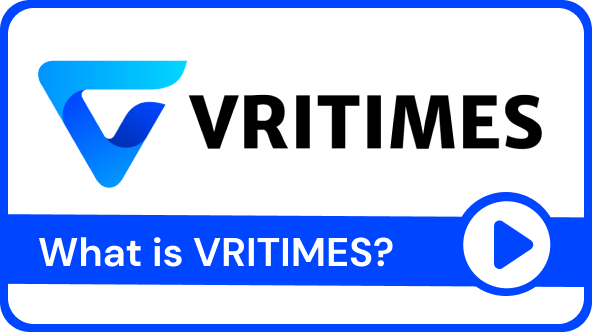/ Beginner’s Guide to Building a PR Team for Your Startup
Beginner’s Guide to Building a PR Team for Your Startup
1. Determine If Your Start-up Needs a PR Team
Before diving in, assess whether your company truly requires a dedicated PR team. A PR team is essential if your startup:
Operates in a competitive market where reputation is key.
Sells a complex product that needs explanation.
Is looking for new partnerships or investors.
Plans to expand into new target markets.
Wants to proactively manage its public image and build trust.
If your start-up ticks any of these boxes, a PR team can be a game-changer.
2. Prepare Your Start-up for PR
A successful PR team starts with a solid foundation. Here's what you need to prepare:
a. Product Readiness
Ensure your product or service is market-ready. It should be functional, unique, and have a clear value proposition.
b. Clear Objectives
Define your goals for setting up a PR team. Are you looking to boost brand awareness, secure media coverage, or position your startup as a thought leader? Clear goals will guide your PR strategy.
c. Consistent Messaging
Develop a concise description of your product and a brand voice that reflects your company's vision and values. This will ensure all communication is aligned and professional.
d. Defined Differentiators
Understand what makes your product stand out. In all PR efforts, highlight these unique selling points (USPs).
e. Media-Ready Spokespeople
Identify key individuals within your company, such as the CEO or product manager, who can effectively communicate your brand's story. Train them to handle interviews and media inquiries confidently.
3. Build Your PR Team and Define Roles
For startups with limited budgets, PR efforts might initially fall under a single person or a small team. Here are key roles to consider:
PR Manager: Oversees strategy, manages media relations, and ensures goals are met.
Content Creator: Crafts press releases, blogs, and social media content.
Media Relations Specialist: Builds relationships with journalists, influencers, and bloggers.
Analytics Specialist (Optional): Tracks the success of PR campaigns and refines strategies based on data.
If you don't have the resources to hire a full team, consider outsourcing PR efforts to freelancers or agencies with expertise in your industry.
4. Develop a Comprehensive PR Strategy
A well-defined strategy is the backbone of any successful PR team. Here's how to create one:
a. Identify Your Target Audience
Understand who your product serves and tailor your messaging to their needs and interests.
b. Select Key Channels
Choose the platforms that best reach your audience:
Traditional Media: Newspapers, TV, and radio.
Digital Media: Blogs, online publications, and podcasts.
Social Media: Platforms like LinkedIn, Instagram, or Twitter for direct engagement.
c. Craft Your Key Messages
Define 3-5 core messages you want your audience to remember. These should align with your company's mission and values.
d. Create a Content Calendar
Plan your announcements, product launches, and events in advance. This will help you stay organized and ensure consistent communication.
5. Build Relationships with the Media
A strong relationship with the media is essential for PR success. Here's how to get started:
Research Relevant Outlets: Identify media that align with your industry and audience, such as tech blogs for startups or lifestyle magazines for consumer products.
Personalize Pitches: Tailor your press releases and pitches to each outlet. A one-size-fits-all approach rarely works.
Leverage Press Release Platforms: Use platforms like vritimes.com to distribute your press releases effectively.
Engage on Social Media: Follow and interact with journalists and influencers in your niche to build rapport.
6. Leverage Modern PR Tools
Take advantage of technology to amplify your PR efforts:
Media Monitoring Tools: Track mentions of your brand using tools like Google Alerts or Meltwater.
Social Media Analytics: Use platforms like Hootsuite or Buffer to measure engagement and optimize campaigns.
PR Automation Tools: Platforms like Cision or Muck Rack can streamline media outreach and improve efficiency.
7. Measure Your PR Success
To ensure your PR team is driving results, track key performance indicators (KPIs), such as:
Media Coverage: Number and quality of mentions in reputable outlets.
Social Media Engagement: Likes, shares, and comments on PR-related posts.
Website Traffic: Increases in traffic following PR campaigns.
Sentiment Analysis: Public perception of your brand.
Use these insights to refine your strategy and maximize your impact.
Final Thoughts
Building a public relations team from scratch might seem daunting, but with careful planning and execution, it can be one of the most rewarding investments for your startup. Focus on preparation, clear objectives, and leveraging modern tools to set your team up for success. Remember, PR isn't just about promoting your product—it's about building lasting relationships with your audience and the media.
Start small, stay consistent, and watch your PR efforts pave the way for your start-up's growth and success!







